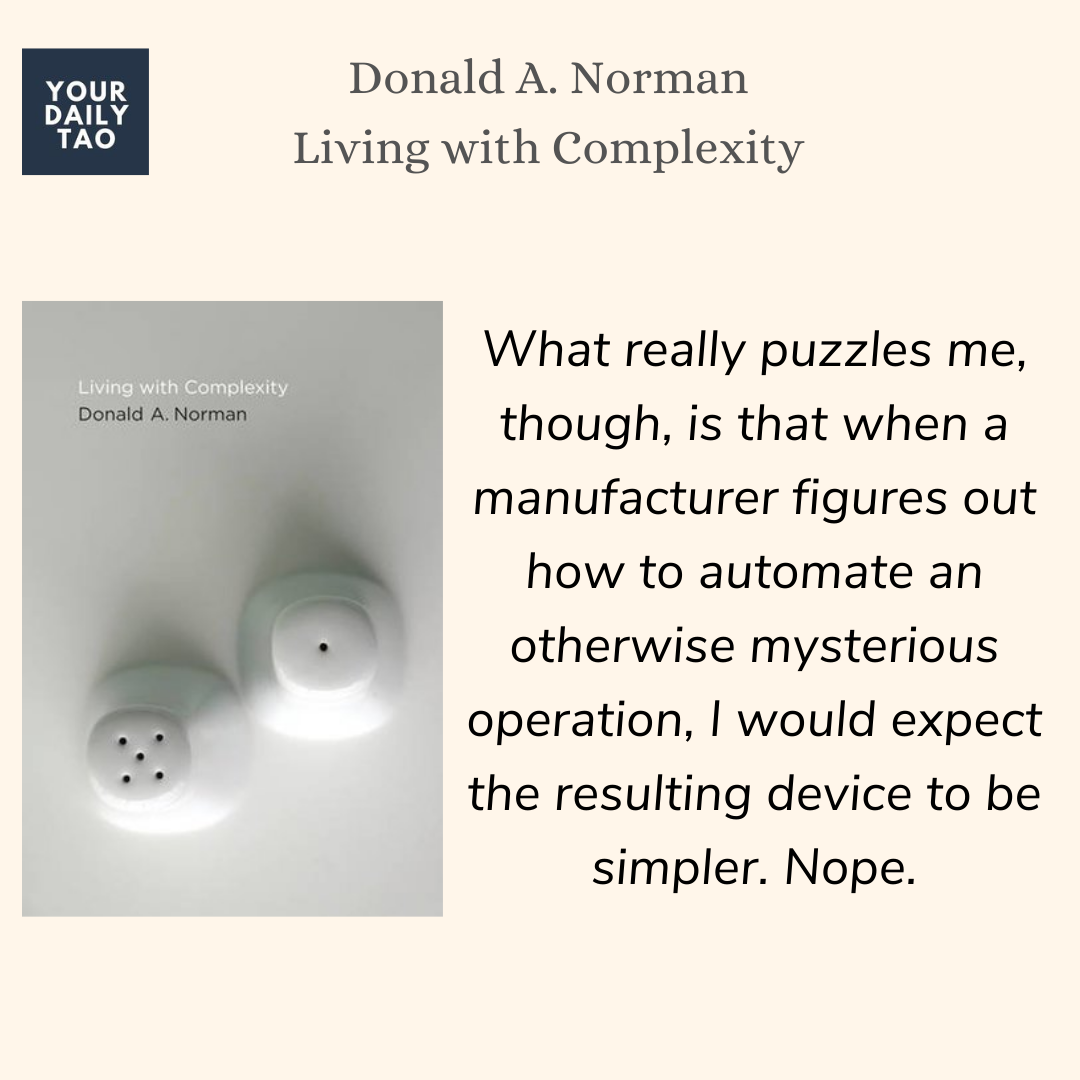Adam’s research demonstrates that leaders and employees who keep both personal and prosocial interests in mind do better in the long run than those who are 100 percent selfishly motivated. For instance, Adam once asked municipal firefighters, “Why are you motivated to do your work?” He then tracked their overtime hours over the next two months, expecting firefighters who were more motivated to help others to demonstrate the greatest grit. But many of those who were driven to help others worked fewer overtime hours. Why? A second motivation was missing: interest in the work itself. Only when they enjoyed the work did the desire to help others result in more effort. In fact, firefighters who expressed prosocial motives (“Because I want to help others through my work”) and intrinsic interest in their work (“Because I enjoy it”) averaged more than 50 percent more overtime per week than others. When Adam asked the same question—“Why are you motivated to do your work?”—of 140 fund-raisers at a call center for a public university, he found nearly identical results. Only the fund-raisers who expressed stronger prosocial motives and who found the work intrinsically engaging made more calls and, in turn, raised more money for the university.
Grit is not something that just manifests itself inherently all the time. Sometimes, achieving better performance also requires the work to be intrinsically engaging and motivating for us. Understanding the nature of what we do, and how what we do helps the organisation/people in the bigger picture can go a along way to unlocking the effort in us.









